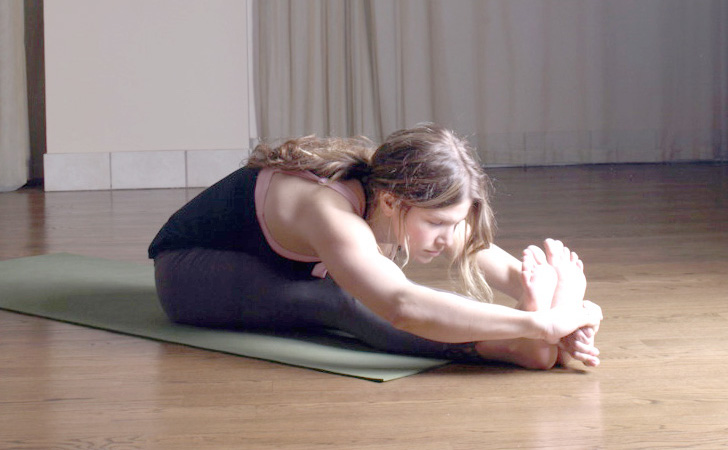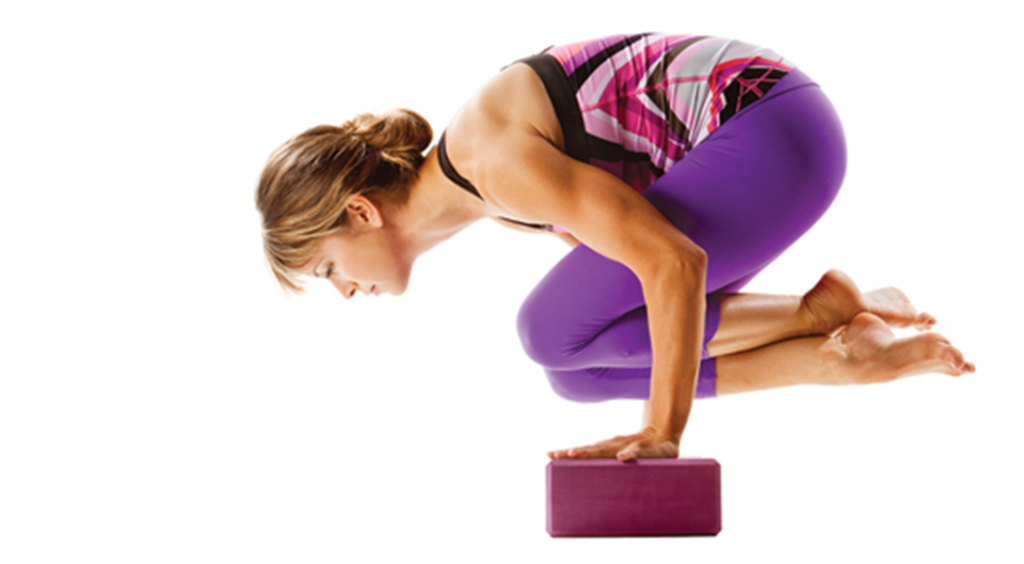![]()
Alignment Cues Decoded: “Microbend Your Knees”
Originally posted by Yoga Journal on November 6, 2014
I realized not long ago that most yoga students understand little about why teachers do and say what they do in a class. I was acting a little like the Wizard of Oz, making demands from behind an all-knowing curtain, with no explanation as to why. But there really is a method behind what might sometimes seem like madness. This series aims to pull back the curtain and expose what goes on in a yoga teacher’s head.
Alignment Cue:
“If you hyperextend, microbend your knees.”
It’s an infamous instruction that confuses new and seasoned practitioners alike. The first problem with it is that most students have no idea if they even hyperextend their knees or not (unless they were dancers or gymnasts or have taken a teacher training).

How do I know if I hyperextend?
Hyperextension is the anatomical ability to take a joint past it’s normal limits of mobility. It’s something your body simply does or doesn’t do, based on how you’re put together. The knee is a condyloid joint, it moves in three different ways. It flexes (bends), extends (straightens), and has a limited amount of rotation available in certain positions. Hyperextension of the knee is when it can extendbeyond straight. Sit with your legs straight out in front of you on the floor and press your knees as straight as you can. If your heels lift off of the floor, they hyperextend.
Micro-wha…?
The second problem with this cue is that those who do hyperextend and know it, often don’t solve the issue simply by slackening their knee joint. “Microbend” simply doesn’t teach the efforts required to keep everything safe and working.
What Your Teacher Could Say…
“Straighten your knees. Now engage the muscles at the back of your leg as if you’re trying to bend your knee slightly, as you firm the muscles above your kneecap to keep your knee straight.”
Hyperextenders must learn to contract their hamstrings and calf muscles (which bend the knee) enough to straighten it and then maintain that effort while using the quadriceps to keep the knee straight. It’s as if you’re letting the muscles that bend and straighten the knee duke it out in a fist fight. But neither wins. It’s a stalemate, and the knee stays straight and supported from both sides. No matter your level of flexibility, you can benefit from that stability.
To keep reading visit YogaJournal.com






